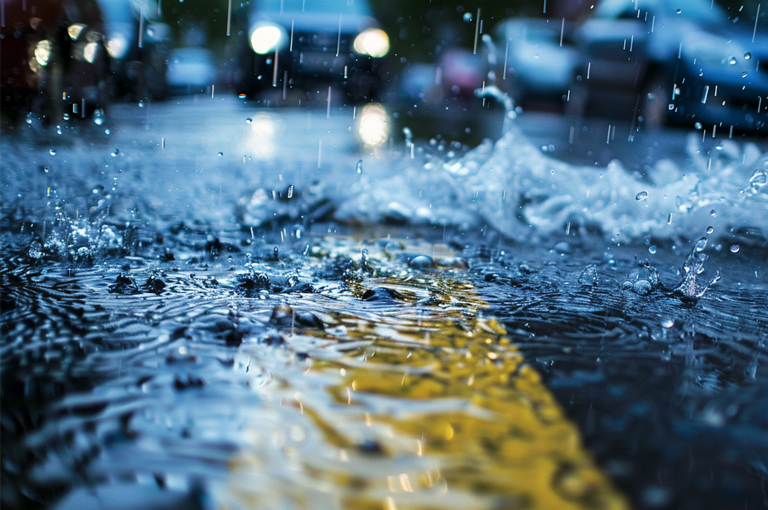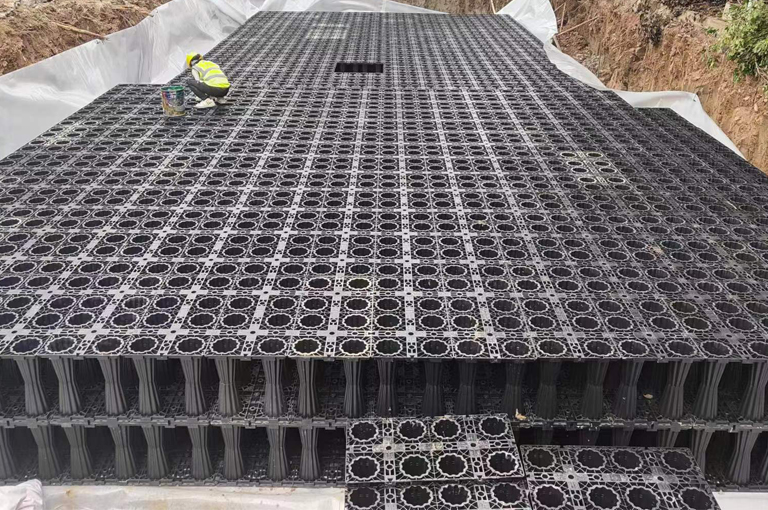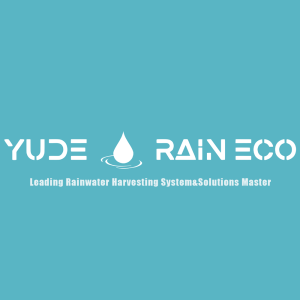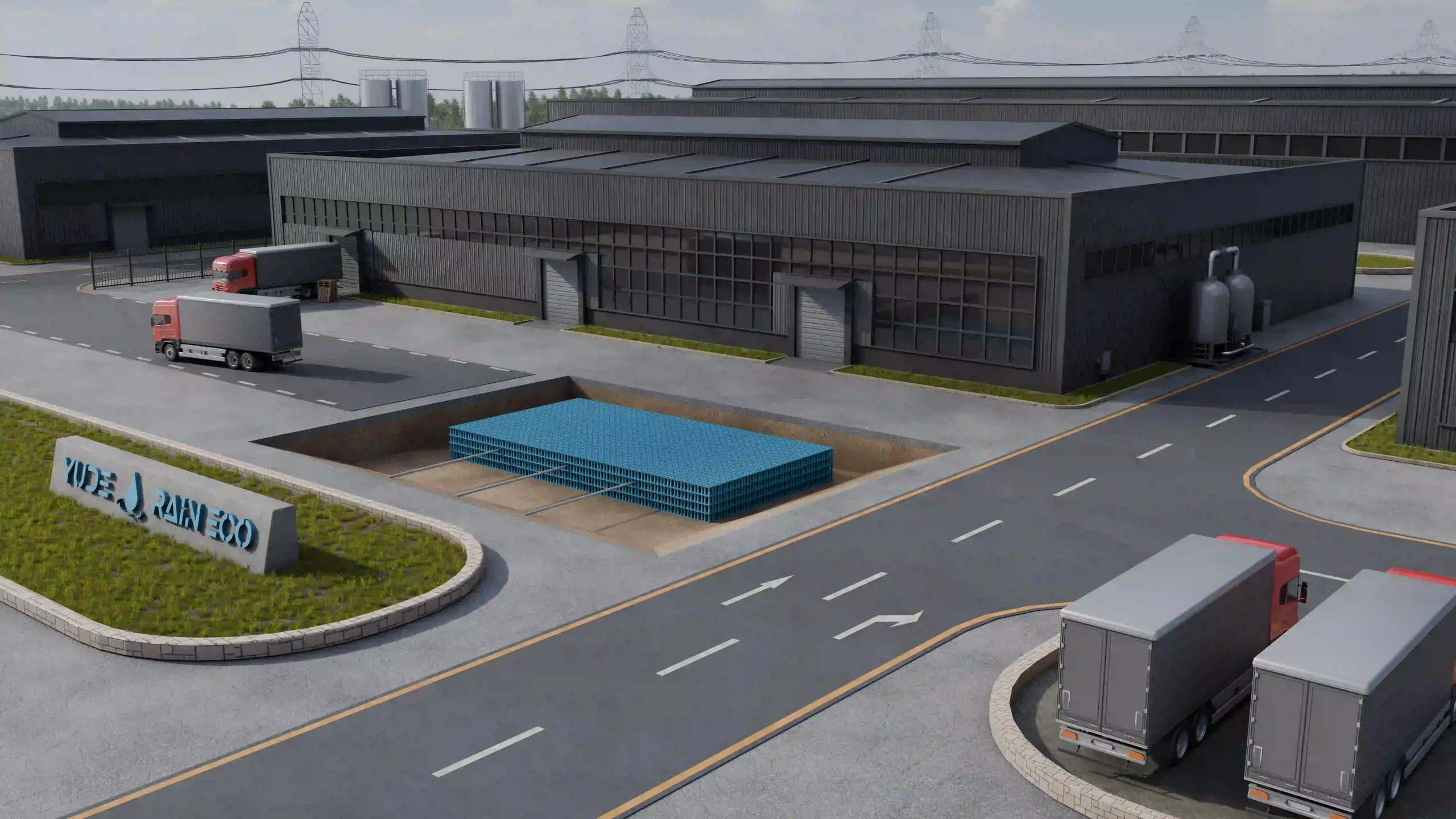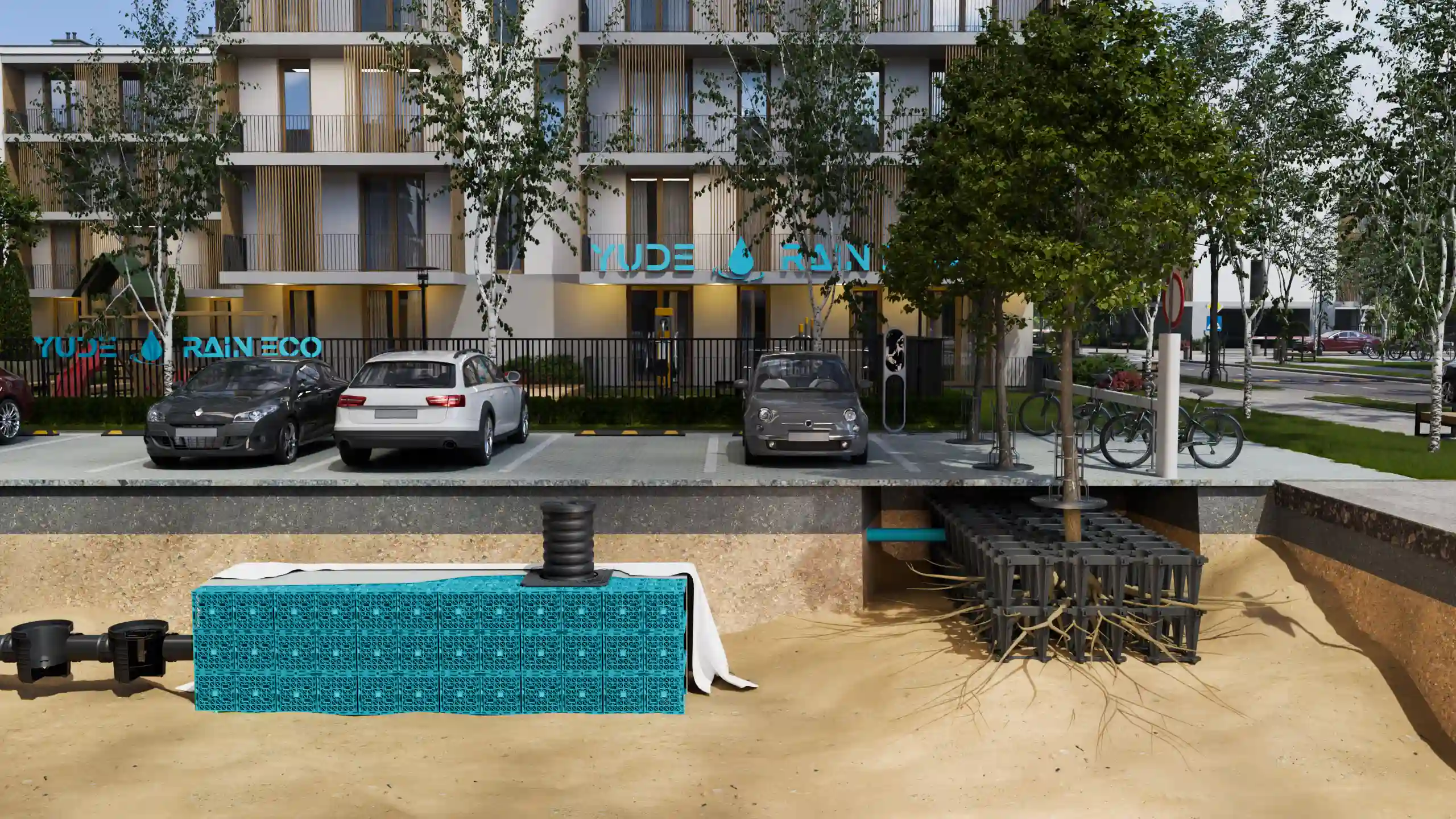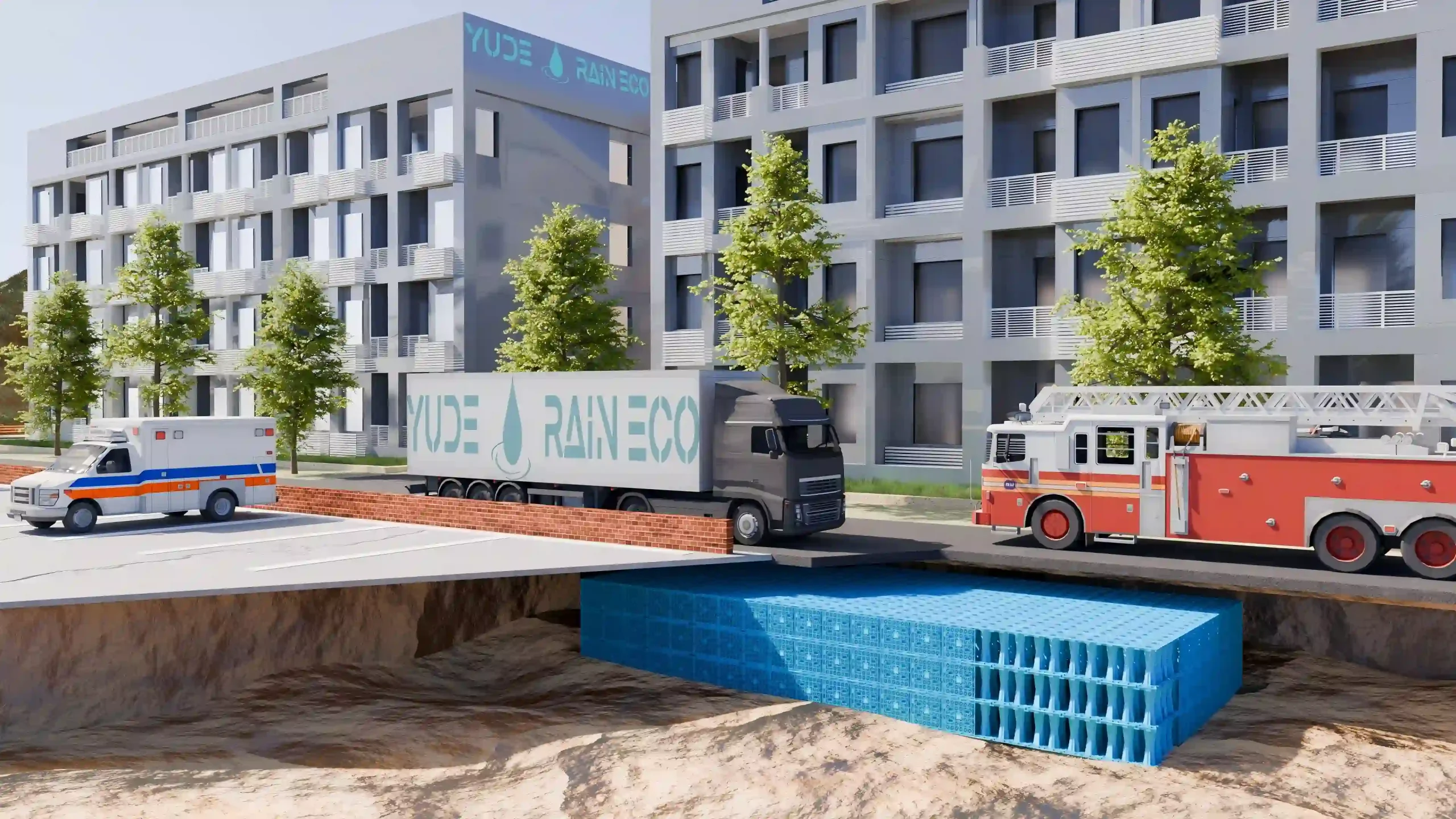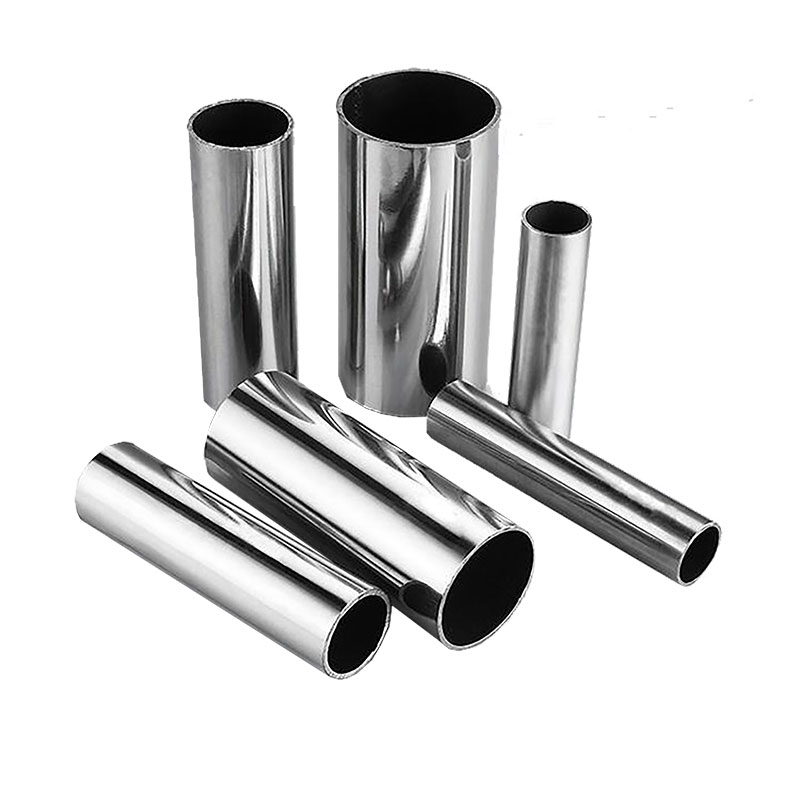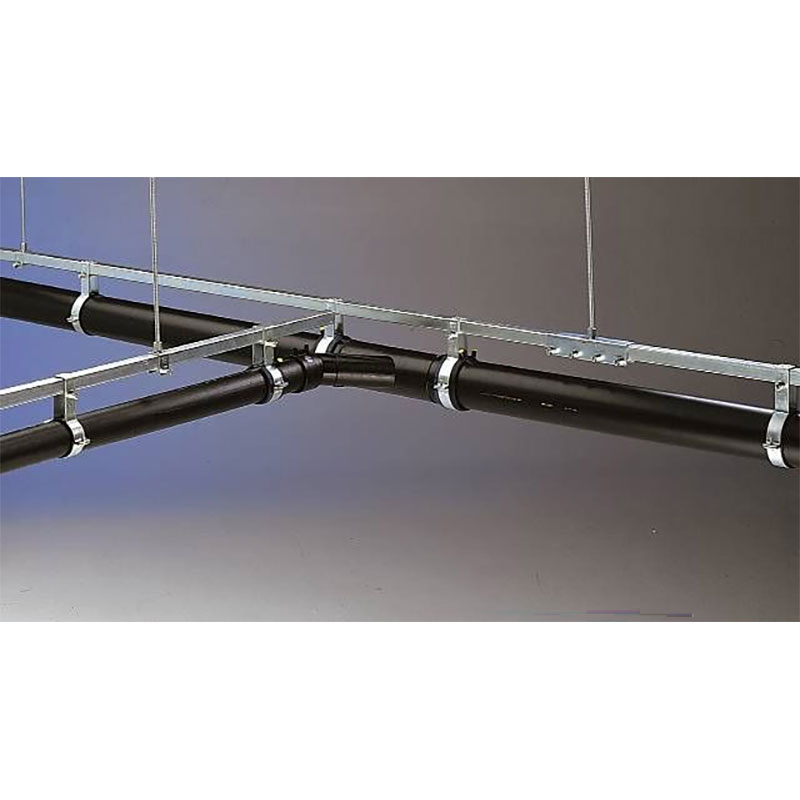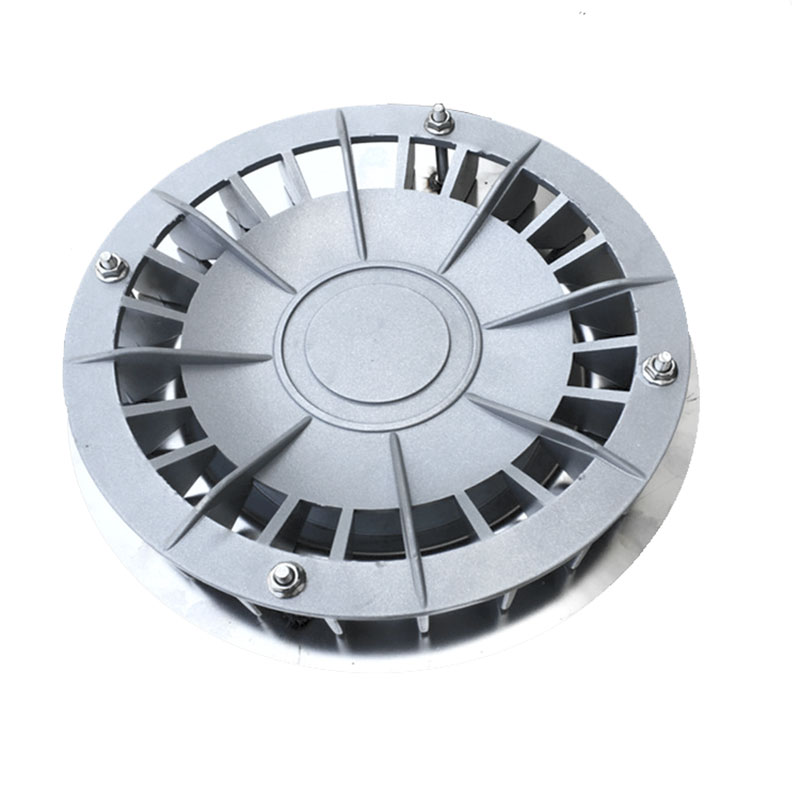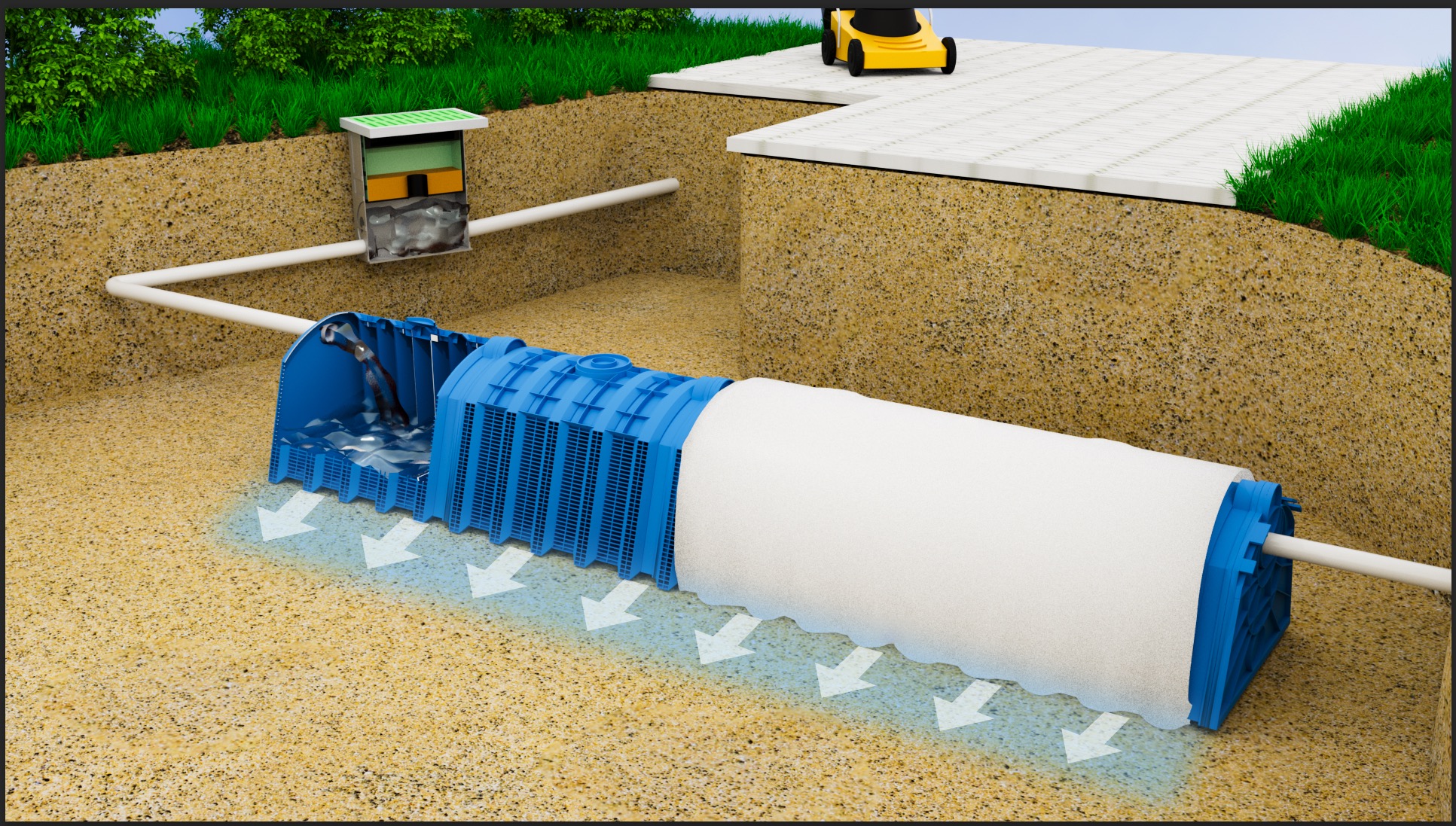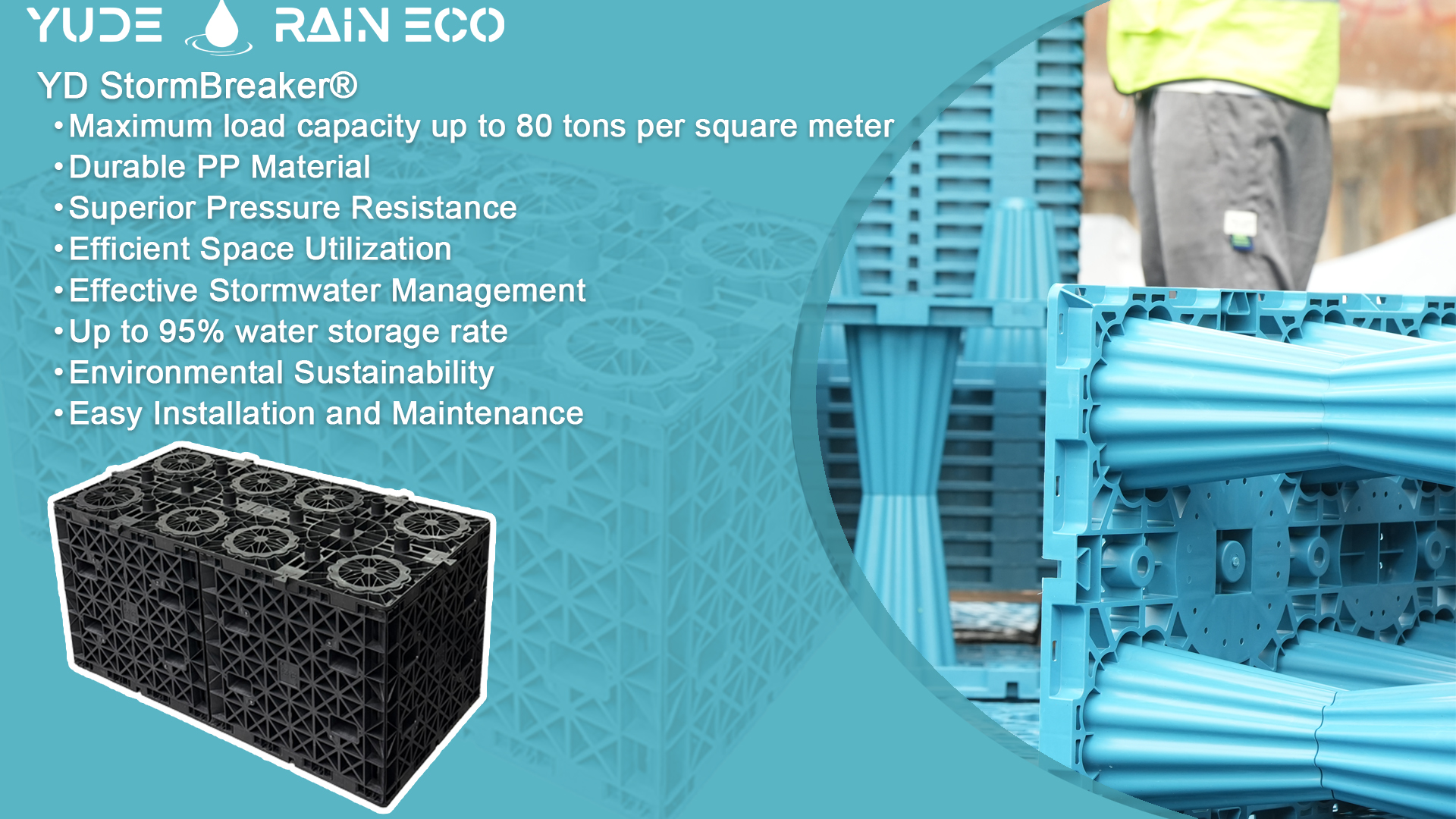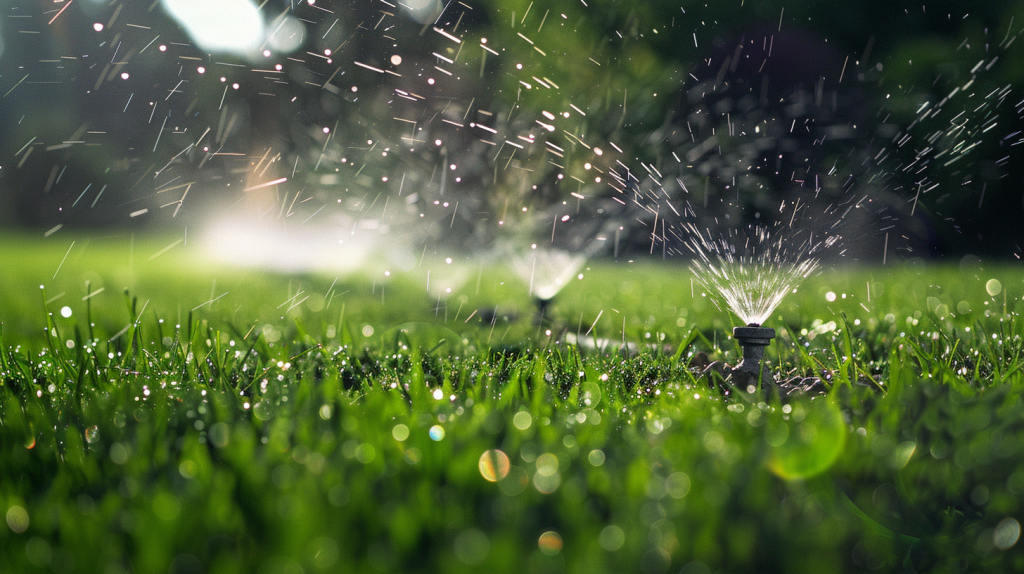Rainwater harvesting is an essential practice for sustainable water management. This article explores the reasons for needing rainwater harvesting systems, their types, importance, and the advantages of underground rainwater cisterns, with a special focus on Yude Rain Eco’s solutions.
1. Why Rainwater Harvesting Systems Are Essential
1.1 What Is a Complete Rainwater Harvesting System?
A complete rainwater harvesting system involves an integrated network of components that work cohesively to ensure effective water capture, storage, and reuse. These include:
- Catchment Surface: Usually rooftops that collect rainwater.
- Conveyance System: Gutters, downspouts, and piping to direct flow.
- Pre-Filtration Units: Mesh screens, first-flush diverters, and leaf guards.
- Storage Tanks or Cisterns: Above or below ground, made from concrete, plastic, or composite materials.
- Pump and Distribution System: Ensures pressurized delivery to points of use.
- Overflow Mechanism: Prevents backflow and allows excess water to be safely diverted or infiltrated.
The proper sizing and design of each component are critical to maximizing efficiency and ensuring long-term system performance.
1.2 Uses and Applications
Rainwater harvesting supports diverse applications:
- Residential: Garden irrigation, flushing toilets, laundry, and emergency water storage.
- Commercial: HVAC cooling towers, landscaping, vehicle washing, and fire suppression.
- Industrial: Process water, dust control, equipment cleaning.
- Agricultural: Livestock watering, drip irrigation, and reservoir replenishment.
The flexibility of rainwater reuse helps lower operational costs, reduce stress on freshwater sources, and buffer against water shortages during peak demand or droughts.
How Many Types of Rainwater Harvesting System?
- Surface Runoff Harvesting: Captures water from roadways, plazas, and other impermeable surfaces. Often paired with detention basins or bio-retention systems.
- Rooftop Rainwater Harvesting: The most common form, collecting runoff from sloped or flat roofs and directing it into storage or treatment systems.
- Infiltration Trenches and Pits: Facilitate groundwater recharge by directing rainwater into porous soils.
- Permeable Pavement Systems: Paved surfaces that allow rain to infiltrate into sub-base storage layers, often integrated with modular storage crates.
Why Is Rainwater Harvesting Important?
3.1 Risks of Unmanaged Rainwater
Excess rainfall in dense urban environments often overwhelms traditional drainage infrastructure, leading to:
- Flash floods
- Basement seepage and structural damage
- Soil erosion in peripheries
- Contaminated surface water due to combined sewer overflow (CSO)
3.2 Climate Resilience and Resource Security
Rainwater harvesting acts as a climate adaptation strategy by decentralizing water storage and increasing system redundancy. It supports national water conservation goals, helps meet ESG benchmarks, and contributes to climate-resilient urban planning.
Can Rainwater Be Made Potable?
4.1 Is Rainwater Safe to Drink?
Rainwater is naturally soft and low in minerals, but when exposed to urban surfaces, it can collect contaminants such as organic debris, heavy metals, or bacteria. Therefore, untreated rainwater should be considered non-potable.
4.2 Treatment Process for Potable Use
- Pre-Filtration: Gutter guards and leaf diverters reduce solid load.
- Settling/Sedimentation Tanks: Allow suspended particles to settle.
- Filtration Units: Sand filters, ceramic filters, or activated carbon remove fine particulates and odors.
- Disinfection: Chlorination, UV sterilization, or ozonation neutralize microbial threats.
Advanced systems may also include real-time water quality sensors and auto-flushing valves to ensure potable water compliance.
Underground Rainwater Cistern
5.1 Classification of Underground Cisterns: What Types Are There?
Underground cisterns can be classified based on:
- Material:Concrete, fiberglass, polyethylene.
- Size:Small, medium, or large capacity.
- Design:Modular systems that can be scaled according to need.
5.2 Yude Rain Eco’s Underground Water Storage Module:
Modular Rainwater Harvesting and Utilization Systems | Flexible to Adjust to Small/Large Water Storage Tanks
Yude Rain Eco offers modular underground water storage solutions that are flexible and scalable. These systems are designed to fit both small and large reservoirs, making them suitable for various applications, from residential to commercial use. The modules are made from durable materials, ensuring longevity and resilience against environmental factors. They are also easy to install and maintain, providing a cost-effective solution for efficient water storage. Additionally, the modular design allows for customization, enabling the system to be expanded or reduced as needed, offering a versatile and adaptable water management solution.
Yude Rain Eco’s Advanced Modular System
Our YD StormBreaker® and StormVault® systems feature:
- High compressive strength (>60t axle load rating)
- Void ratios exceeding 95% for optimal water capacity
- Maintenance ports and internal baffles for efficient inspection
- Modular design that scales from 5m³ to 10,000m³+ per site
These systems are ideal for large-scale developments, urban plazas, industrial parks, and schools.
What size rainwater harvesting system should You install?
Determining the size of your rainwater harvesting system depends on several factors:
- Roof Area (m²): Determines potential water yield.
- Local Rainfall (mm/year): Guides tank sizing and overflow planning.
- Intended Use: Irrigation-only systems require less treatment than potable systems.
- Catchment Efficiency: Surface material and slope affect runoff coefficient (typically 0.75–0.9).
A basic formula to estimate tank size is:
Tank Size (liters)=Roof Area (sqm)×Average Annual Rainfall (mm)×0.8
Consult with Yude Rain Eco’s professional to tailor the system to your specific needs.
| Country/Region | Average Annual Rainfall (mm) | Number of Rainy Days per Year | Recommendation |
| Indonesia | 2700 | 181 | Tropical climate with high rainfall, suitable for rainwater harvesting |
| Papua New Guinea | 3142 | 203 | Tropical rainforest climate with very high rainfall, ideal for rainwater harvesting |
| Philippines | 2480 | 163 | Tropical climate influenced by monsoons, high rainfall |
| Malaysia | 2500 | 200 | Tropical rainforest climate, abundant annual rainfall |
| Brazil | 1761 | 135 | Tropical and subtropical climate, significant rainfall |
| Bangladesh | 2666 | 188 | Monsoon climate, abundant rainfall |
| Colombia | 3240 | 150 | Tropical climate, high rainfall |
| Thailand | 1600 | 123 | Monsoon climate, sufficient rainfall |
| Vietnam | 1800 | 150 | Monsoon climate, high rainfall |
| Nigeria | 1500 | 112 | Tropical climate, moderate rainfall |
| India | 1083 | 121 | Monsoon climate, rainfall concentrated in monsoon season |
| Myanmar | 2300 | 144 | Monsoon climate, abundant rainfall |
| Sri Lanka | 2500 | 160 | Tropical climate, abundant rainfall |
| Japan | 1668 | 120 | Temperate monsoon climate, sufficient rainfall |
| Norway | 1480 | 140 | Temperate oceanic climate, moderate rainfall |
| New Zealand | 1730 | 137 | Temperate oceanic climate, sufficient rainfall |
| Australia (North) | 1800 | 120 | Tropical climate, rainfall concentrated in the wet season |
| Canada (West Coast) | 1800 | 140 | Temperate oceanic climate, abundant rainfall |
| USA (Pacific Northwest) | 2400 | 160 | Temperate oceanic climate, sufficient rainfall |
Yude Rain Eco: Shaping the Future of Sustainable Water Infrastructure
Yude Rain Eco is committed to advancing sustainable water practices through high-performance, modular rainwater harvesting technologies. Our solutions support net-zero building design, climate resilience planning, and smart city water infrastructure.
We Provide:
- Customizable Cistern Solutions: Tailored to space constraints and local hydrology
- Integrated System Design: Includes filtration, sensors, and smart controls
- Long-Term Reliability: Backed by engineering support, certifications, and field testing
We serve developers, architects, government agencies, NGOs, and engineering consultants globally.
Let’s Design Smarter Cities Together
Whether you’re building a green-certified office, managing a commercial estate, or improving a rural community’s water access, Yude Rain Eco is your trusted partner for efficient, resilient, and scalable water solutions.

